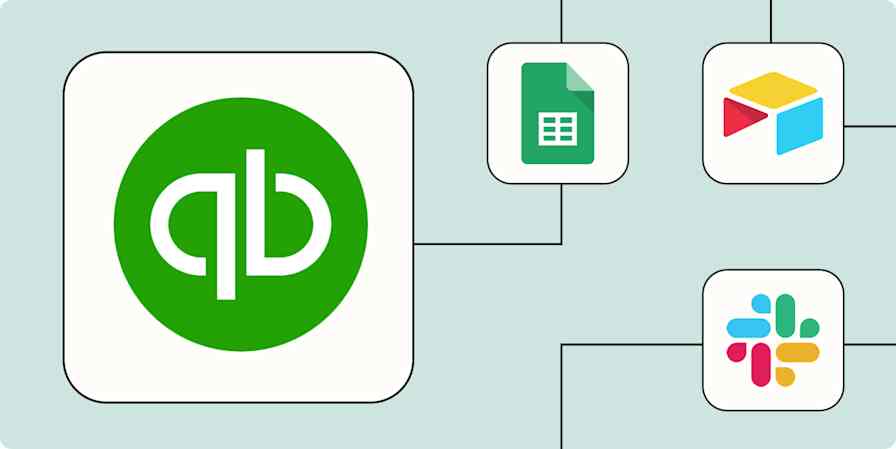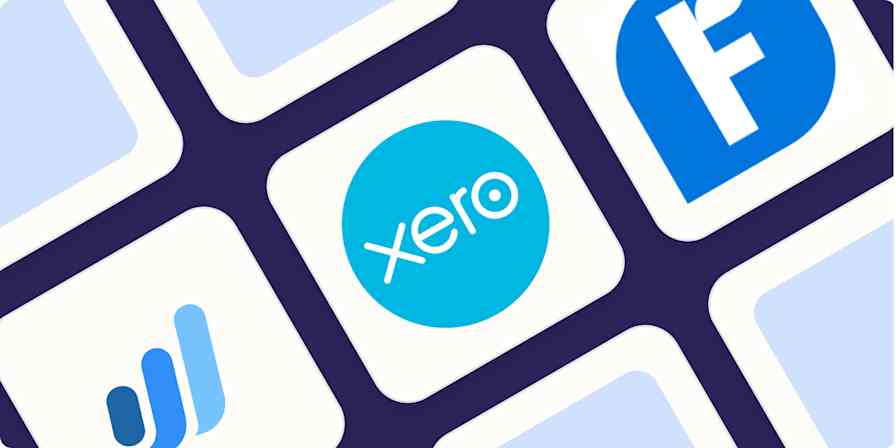Business tips
11 min read10 free small business budget templates for future-proofing your finances
By Cecilia Gillen · October 11, 2024

Get productivity tips delivered straight to your inbox
We’ll email you 1-3 times per week—and never share your information.
Related articles
Improve your productivity automatically. Use Zapier to get your apps working together.









